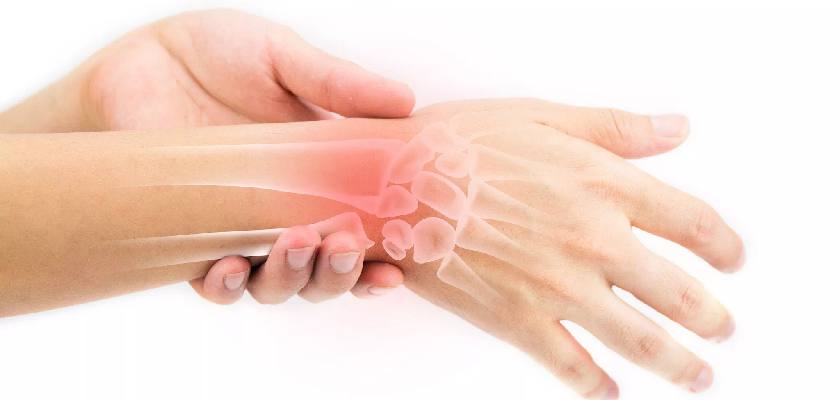
The hand and wrist give you the ability to write, gesture, pick things up, play musical instruments, draw, use a computer , and more. These complex appendages are made up of bones, joints, and muscles working together.
Bone injury and diseases affect all parts of the hand or wrist. The wrist contains no fewer than eight bones, while the hand involves a system of metacarpals and phalanges (small bones of the fingers). Pain in the hand or wrist can be caused by crushing trauma, sports injury, or degenerative diseases like diabetes and arthritis.
Below is a list of all of the orthopedic hand, wrist and upper extremity conditions we treat.
- Arthritis : Arthritis is condition that involves the breakdown of the protective cartilage around the joints, which results in pain, stiffness and inflammation.
- Bicep Tendon Injury : Our biceps muscle provides considerable strength to bend our elbow and rotate our forearm. An injury to your biceps tendon can cause significant arm weakness and cramping pain during routine recreational and vocational activities.
- Fingertip Injury : Fingertip injuries are one of the more common injuries in the hand. The fingertips are vulnerable to cuts, tears, and crushing injuries that can damage the skin, soft tissues, nail or nailbed.
- Congenital Hand Defects : Babies born with hands that are different than the normal hand have a congenital hand difference. Some congenital hand differences may occur due to a genetic cause. Many congenital hand differences just occur without an apparent cause.
- Dislocation : A dislocation occurs when the ends of two connected bones are separated and no longer in their proper position.
Damage to any of the parts of your wrist can cause pain and affect your ability to use your wrist and hand.
- Sudden Impacts : Wrist injuries often occur when you fall forward onto your outstretched hand. This can cause sprains, strains and even fractures. A scaphoid fracture involves a bone on the thumb side of the wrist. This type of fracture may not show up on X-rays immediately after the injury.
- Repetitive stress : Any activity that involves repetitive wrist motion — from hitting a tennis ball or bowing a cello to driving cross-country — can inflame the tissues around joints or cause stress fractures, especially when you perform the movement for hours on end without a break.
The small puncture wounds take several days to heal. The operative dressing can usually be removed the morning after surgery and adhesive strips can be applied to cover the small healing incisions.
